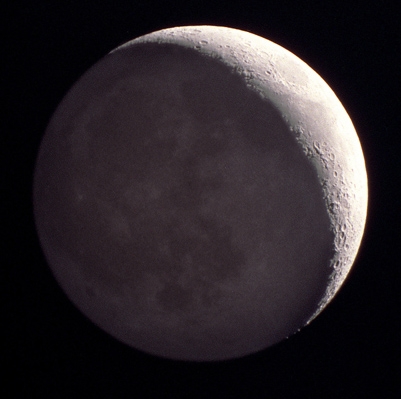Difference between revisions of "February 6, 2004"
| (One intermediate revision by the same user not shown) | |||
| Line 1: | Line 1: | ||
__NOTOC__ | __NOTOC__ | ||
=New and Old All Together= | =New and Old All Together= | ||
| + | <!-- Start of content --> | ||
<table width="640" border="0" align="center" cellpadding="6" cellspacing="2"> | <table width="640" border="0" align="center" cellpadding="6" cellspacing="2"> | ||
<tr> | <tr> | ||
| Line 55: | Line 56: | ||
</table> | </table> | ||
<p> </p> | <p> </p> | ||
| − | + | <!-- End of content --> | |
| − | + | {{wiki/ArticleFooter}} | |
| − | |||
| − | |||
| − | <!-- | ||
| − | |||
| − | |||
| − | |||
| − | |||
| − | |||
| − | |||
| − | |||
Latest revision as of 18:11, 7 February 2015
New and Old All Together
Image Credit: Alan Friedman |
|
New and Old All Together The crescent Moon is one of the glories of the solar system. The bright, sun-lit portion of the Moon doesn't yet overwhelm the Earth-lit, gibbous part. In Alan Friedman's remarkable composite rendition of this classic scene there is a strong three-dimensionality - you can almost feel the curvature of the surface. The face of the Woman in the Moon is easily seen, as is bright Aristarchus, which Herschel mistook for an erupting volcano. Along the sunlit side of the terminator the twins Atlas and Hercules are visible in the north (near the top), and south of bifurcated Nectaris is Janssen and friends. Wow! Technical Details: Related Links: Yesterday's LPOD: LO III Tomorrow's LPOD: Crumpled Sheets of Lava |
|
Author & Editor: |
COMMENTS?
Register, Log in, and join in the comments.




